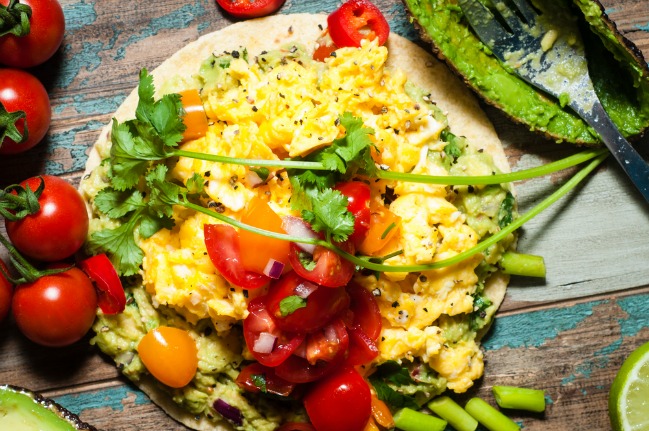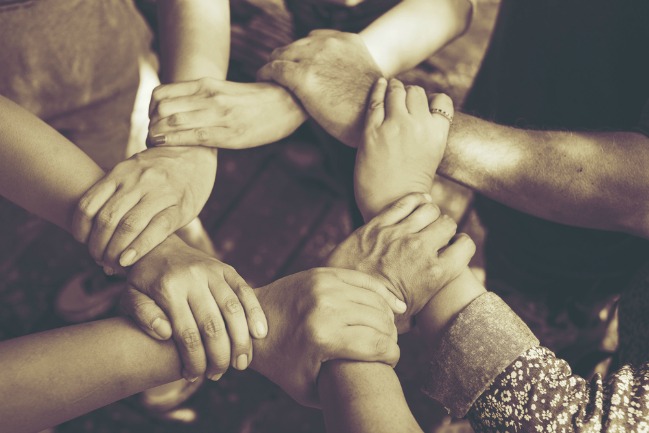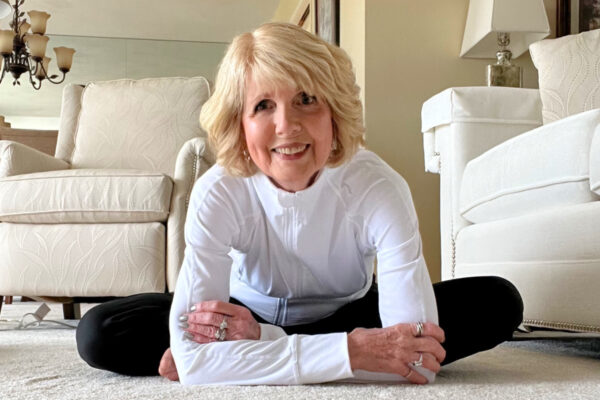
When tacos were a secret kept in my mother’s kitchen and real quesadillas oozed cheese from corn, not flour, tortillas, we were all hyphenated Americans.
Hyphenated Americans
My Mexican-American mother taught her Italian-American neighbor how to make enchiladas as she learned the secrets of the sauce pot that simmered on the stove for hours before being drizzled onto the spaghetti noodles.
My mother learned “al dente,” and her neighbor “picante.”
People did not just come as tourists to a restaurant for a quick taste of that culture, leaving unchanged, except for expanding the alternatives to whet their palate.
People swapped pieces of their culture then and found ways to maintain who they were while expanding their understanding and appreciation for the hyphenated cultures around them and incorporating elements into their own lives.
My parents chose a German-American as my brother’s godfather shortly after WWII.
The plants thrived in my mother’s little greenhouse with the expertise shared by the Japanese-American couple who lived down the street.
My Mexican-American father and his Irish-American business partner shared knowledge of how to grow acres of the celery and tomatoes they would ship to market.
Also read: What being Hispanic or Latino means to me

A surprising cultural overlap
The voices of Mexican-American, Italian-American, Irish-American and Polish-American children filled the churches of Los Angeles under the tutelage of Irish-American nuns.
Mexican-American children learned Irish ditties and Latin hymns as well as the songs to sing in Spanish with the mariachis serenading Our Lady of Guadalupe. And people found surprising cultural overlap.
My Mexican culture had warned me about mal de ojo, but it was my Italian-American girlfriend’s mother who saw the symptoms, grabbed my hand, and whispered an Italian incantation of protection from the evil eye above it that cured me on the spot.
I am not dismissing that hyphens were also used to mark boundaries, to keep the hyphenated apart from the mainstream unhyphenated, who believed their unhyphenated status gave them the only claim to authentic American.
It is also clear that some groups abandoned their hyphens earlier than others and entered the mainstream, and barriers remained for others with or without hyphens.
I just worry that sometimes the removal of the hyphen also signaled a separation from one’s traditional culture in ways that left only superficial trappings for the generations ahead, be they tacos or sushi.
The secrets of past generations are now woven into the multicolored tapestry of America, but I worry that the power and origin, and the authenticity, of the individual strands will be lost despite, or because of, the beauty of the whole.





Leave a Reply